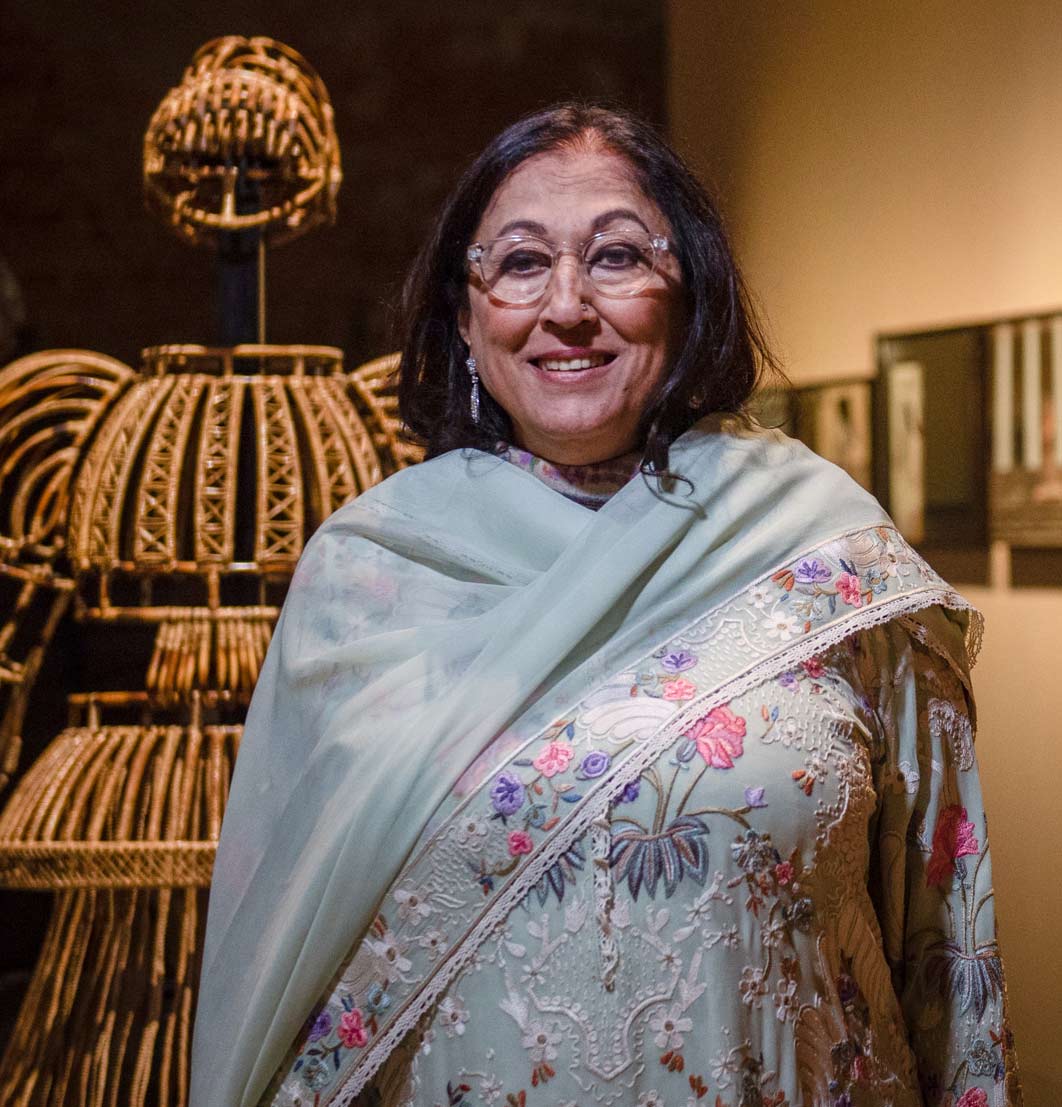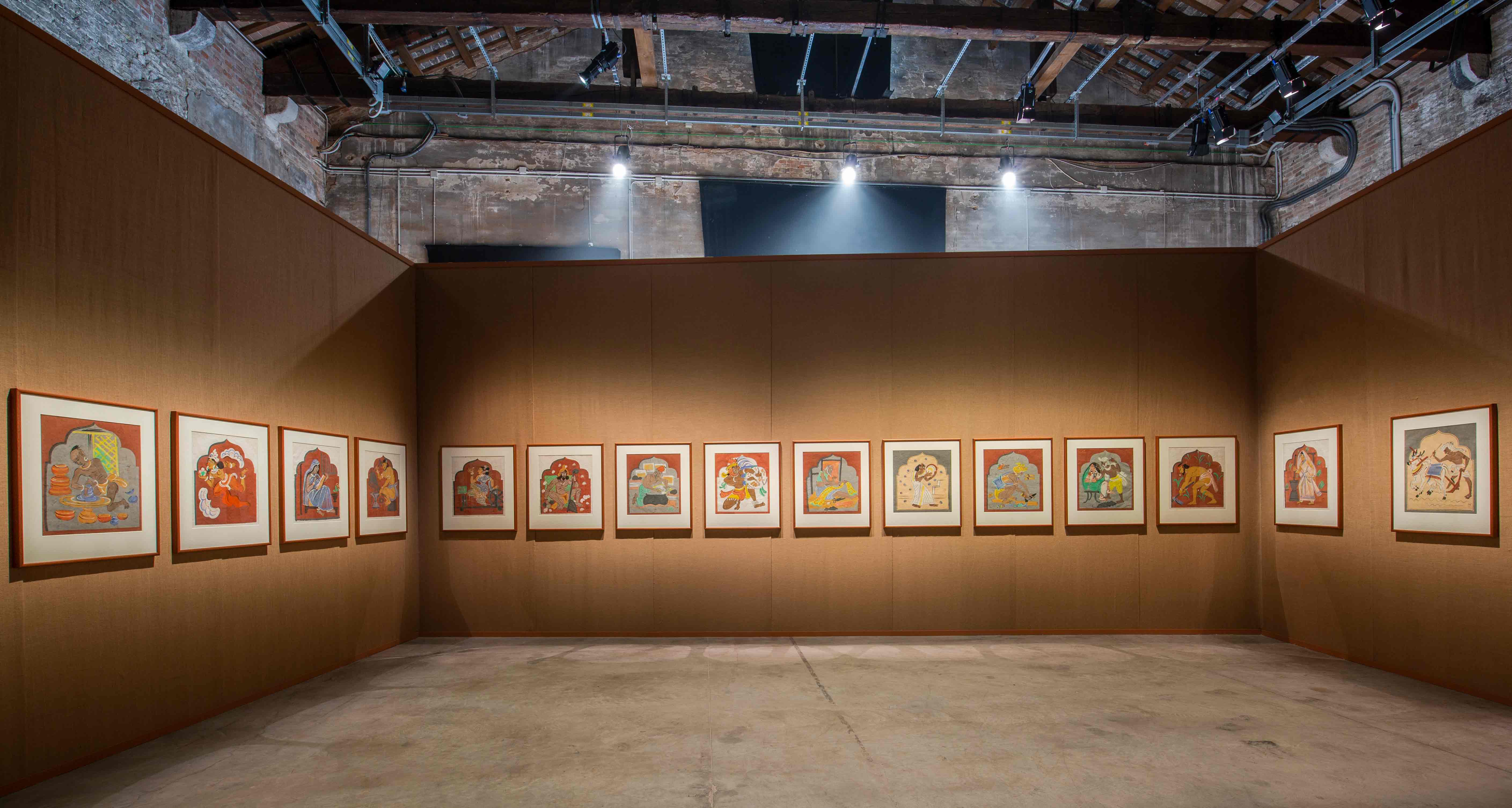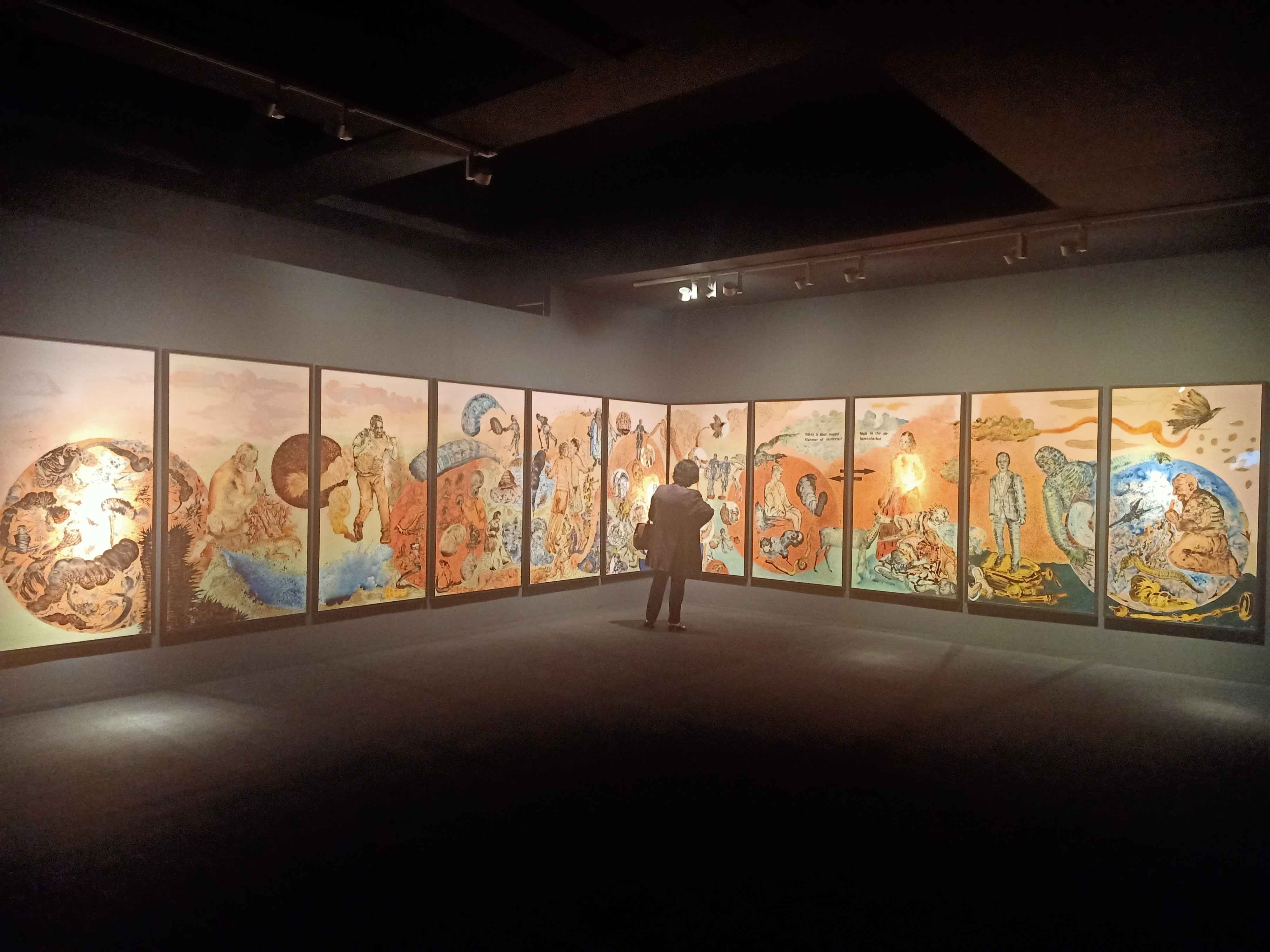Opening Doors for Indian Art: Kiran Nadar
In January 2010, an exhibition titled Open Doors presented the works of some of the most significant names in 20th Century art – a private collector’s two-decade-long quest of finding and acquiring pieces that shaped history. Open Doors was Kiran Nadar Museum of Art’s (KNMA) inaugural exhibition. A decade since it first started out as a gallery within the premises of HCL Technologies in Noida, KNMA, now in its prominent location in DLF South Court Mall, has grown to become the powerhouse that has had a tremendous impact in the art produced in the country.
Vani Sriranganayaki
We spoke to the avid art collector and the museum’s eponymous leader Kiran Nadar, about the revelatory power of art, its experience and its many opportunities.

In the past 10 years, what role would you say KNMA has played in the way contemporary Indian art has evolved?
I don’t know if we’ve had a direct link as to how art has evolved, but we’ve encouraged a lot of development of art in terms of acquiring art and encouraging artists in all spheres. So, it has been a more interesting way of encouraging people in terms of art.

So, if you had to pin point to the biggest contribution KNMA has had so far, then what would that be?
Well, I think it would be to create visibility for Indian art, and stress the importance of art within the public sphere, where we’ve encouraged the common man to come and see art. We have made art accessible to people, so I think that is our biggest contribution.
‘I thought that art shouldn’t
just be kept at home, in storage.
It requires to be seen, to be
put into the public space.
And that’s what changed
my thinking.’
-Kiran Nadar
What would you say were some of the highlights of this 10-year journey?
There have been a number of important events that have happened. One, of course, we’ve had retrospectives of various artists who have not had recognition during their lifetimes, like Nasreen Mohamedi or the retrospective of Rameshwar Broota or Himmat Shah. Also, we’ve had a number of shows abroad as well, and a number of tie-ups with foreign museums like the Reina Sofia in Madrid. We’ve sponsored Nalini Malani at the Pompidou in Paris and we’ve had a show in Musée Guimet. So there has been a lot of promotion of Indian art at various international forums. That has been very important. Also, last year, we were instrumental in doing the show at the Venice Biennale for the Indian Pavilion. This, I think, was a path-breaking show because it was based on the 150 years of Gandhi. The Indian Pavilion was rated among the top five by the Financial Times. So, I think there is more awareness, more visibility. Art has become understandable because people are exposed to it. That has made a change. The events I mentioned have been quite responsible for that.

As the world turns its eye towards Indian and South-east Asian art, what would you say is the specific characteristic that sets the art produced here apart from, say, the West?
Well, it’s many things. Indian art to a large extent is more figurative. Of course, you do have abstract artists like Gaitonde, Nasreen and Raza. But a lot of Indian art is generally figurative. So it has helped break the barriers to some extent. And, also, in part, because of our diaspora artists, such as Anish Kapoor or Raqib Shaw, and number of many others, who have made a mark for themselves in the Western world. Their achievement is encouraging.

What role do you envisage for the KNMA in the next 10 years?
Well, we hope to build a standalone building – a museum. We have hired an architect from Ghana actually – but he works in New York and London – Sir David Adjaye. He will design the museum. We hope that this will not only be a repository for the arts, but also that the building itself will be a statement for the arts. And I hope more people engage with the arts.
All Images Courtesy of KNMA.
Share